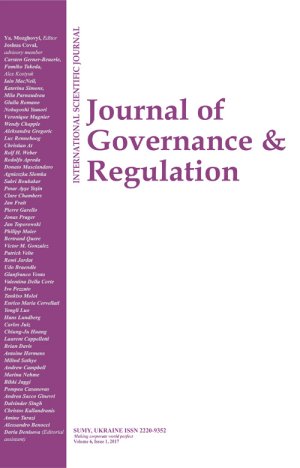
TRUST AND COMMUNICATION AS PREDICTORS OF CUSTOMER SATISFACTION IN BUSINESS-TO-BUSINESS RELATIONSHIP MARKETING IN THE SOUTH AFRICAN CEMENT MANUFACTURING INDUSTRY
Download This ArticleAbstract
Customer satisfaction has become relevant in the South African cement industry as it leads to customer loyalty and cooperation. In the current climate, to ensure long-term profitability, cement suppliers need to adopt strategies to ensure customer satisfaction. This study’s literature search has revealed that there is limited published research, particularly in South Africa, which deals with customer satisfaction determinants in the cement industry. The major objective of the study was to test if trust and communication influence customer satisfaction in the context of business-to-business relationship marketing in the South African cement manufacturing industry. The methodology involved a survey and was quantitative in nature. Data were collected from 362 major business-to-business cement customers throughout South Africa’s nine provinces using the face-to-face interview technique using a seven-point Likert scale structured self-administered questionnaires. The data collected in the empirical study were analysed using descriptive, correlation and regression analysis.
The empirical results of this study suggest that, in order to maintain customer satisfaction, a cement supplier has to invest in ways of enhancing customer trust and communication. As a result this study makes both theoretical and practical contribution in the field of relationship marketing.
Keywords: South African Cement Industry, Relationship Marketing, Communication, Trust, Satisfaction, Business-to-Business
How to cite this paper: Mbango, P., & Phiri, M. A. (2015). Trust and communication as predictors of customer satisfaction in business-to-business relationship marketing in the South African cement manufacturing industry. Journal of Governance and Regulation, 4(2-1), 98-104. https://doi.org/10.22495/jgr_v4_i2_c1_p2



















